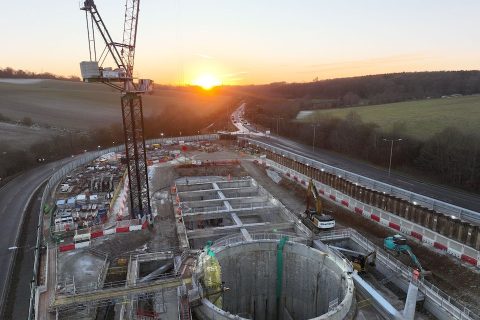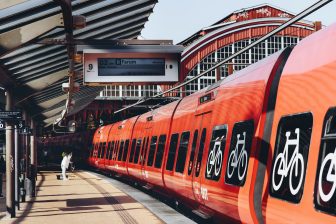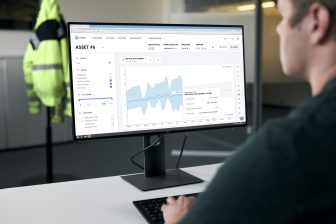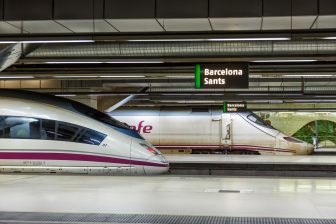
HS2 tunnel progress as ‘Florence’ and ‘Cecilia’ pass Amersham
The builders of HS2, the high speed railway project in England, have confirmed that ‘Florence’ and ‘Cecilia’ – the two giant tunnelling machines digging the project’s longest tunnels – have passed Amersham, 5-and-a-half miles into their 10 mile drive under the Chilterns (16 kilometres in total). The enormous 2,000-tonne machines have spent almost two years excavating the twin tunnels between the M25 London orbital motorway and the community of South Heath in Buckinghamshire. The builders say the tunnels will help the high speed rail project protect the environment while improving connections between London, Birmingham and the North of England.
Want to read more?
You have read all of your free premium articles for this month. Please become a subscriber to keep reading.
Subscribe now!
Take advantage of our exclusive offer to get full access to all premium content.




A suggestion – that these TBMs are transferred North after their HS2 work to excavate a new CIS-Pennine East-West link as a successor to the lamented closure of the Woodhead route.
Re deploy them North after their HS2 duties for a CIS-Pennine East West route thus undoing the lamented loss of the Woodhead route for passenger and freight
All these tunnels may “safeguard the woodlands and wildlife habits above the tunnel as well as significantly reducing disruption to communities”, but if it had been overground construction over more twice the lenght at similar total cost, more car traffic could shifted to rail and that would haven preserved woodlands and wildlife even better.